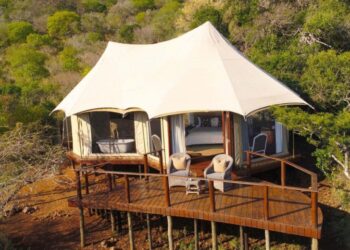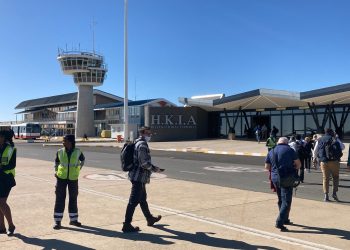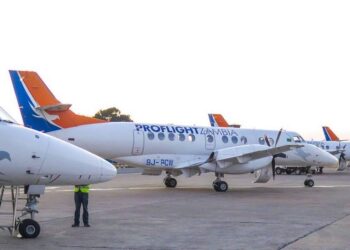
Namibians accounted for only 33% of all guests at hospitality establishments in 2022 countrywide, a decline from 51% recorded in 2021, according to data shared by the Hospitality Association (HAN) of Namibia.
Simonis Storm Economist Theo Klein said the share of Namibian guests still remains high, also indicating that the locals remain eager to support the local tourism industry.
He, however, noted that an increase in accommodation rates and activities will likely impact domestic tourism.
“This will become more challenging, given inflationary pressures that increased in 2022. Klein said in their November 2022 inflation report, they noted that the average room rate at a lodge increased by 13.4% in 2022 compared to 2021, with the average game drive price increasing by 10.0% and average campsite prices rising 10.3% during the same time. “While we do expect inflation rates to decrease in 2023, accommodation costs will remain expensive for locals. Providing some relief to local travelers however, is our expectation that local petrol prices ought to decrease over the next couple of months,” he said.
He also said the increase in share of guests by foreigners is once again testament that Namibia does not need its own national airline to support tourist inflows.
Ongoing initiatives to market Namibia as an “all year†destination with a focus not only on the usual safari and game viewing, but adding culture, adventure travel and active travel (i.e. sports) as well, could provide a boon for the sector if successful, he said.
Namibia recorded an annual average occupancy rate of 40.1% in 2022 at nationwide hospitality establishments, which is almost double the annual average in 2021 and since June 2022, it has reached about 80% of pre-pandemic levels.
Occupancy rates at nationwide hospitality establishments in December 2022 stood at 37.9% according to HAN data, compared to 45.8% in the prior month.
Despite this, Klein believes that tourism could be one of the biggest drivers of economic activity in 2023 despite recessions that are expected to take place in Namibia’s main tourist source markets in the first half of this year (1H2023).
Â











